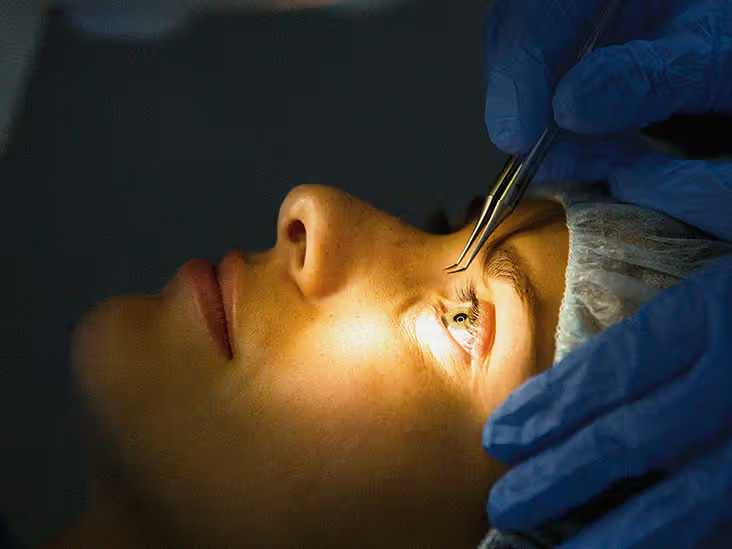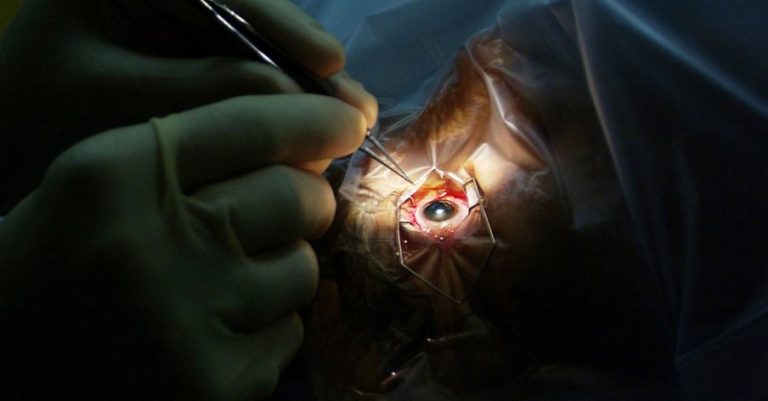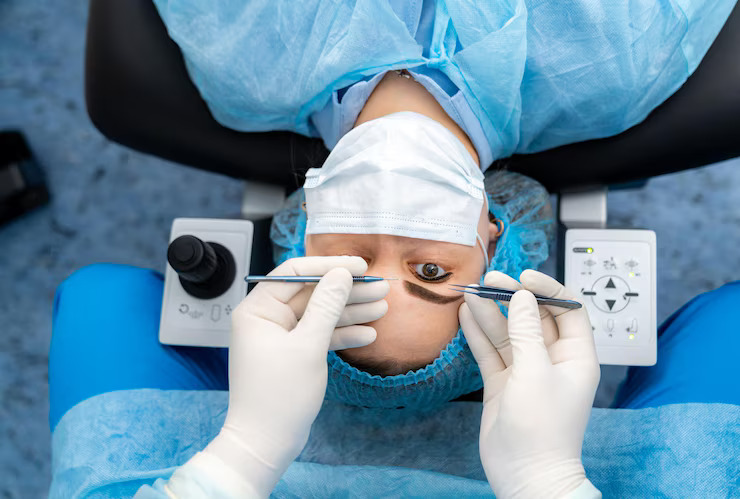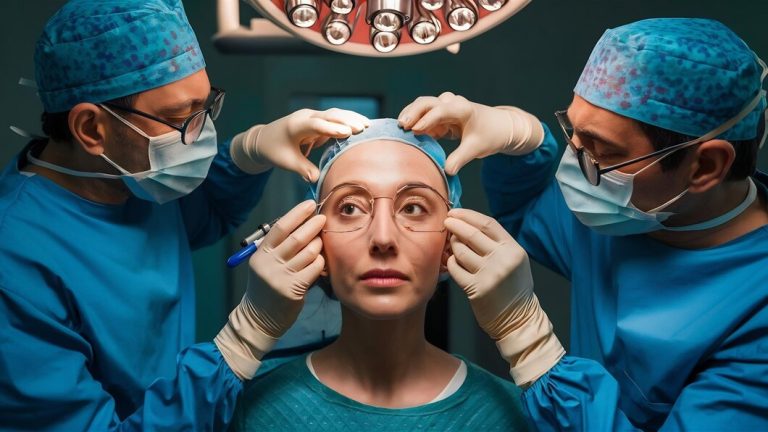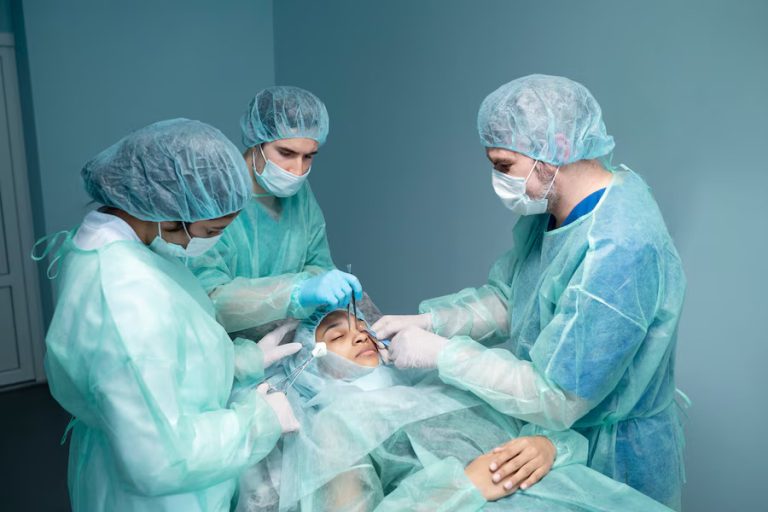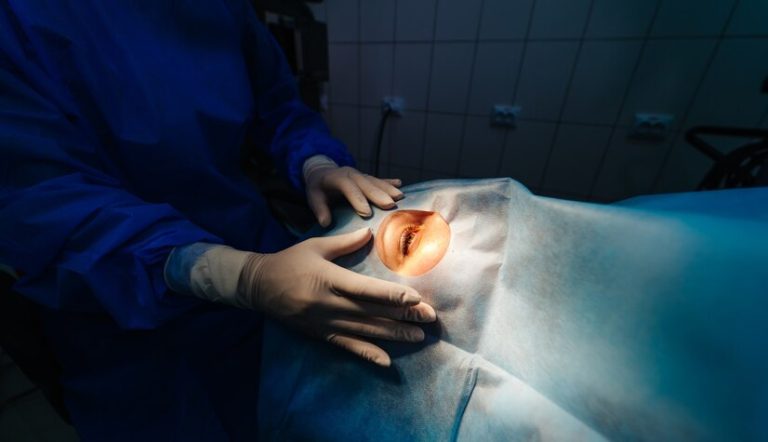Understanding Previous Eye Surgery Repair
Eye surgeries are intricate procedures that can correct a range of vision problems, from refractive errors to cataracts. However, sometimes these surgeries may not yield the desired outcomes, leading to complications or persistent vision issues. In such cases, a follow-up procedure, known as previous eye surgery repair, may be necessary. This article will explore the causes that necessitate repair surgeries, the types of corrective procedures available, the expected outcomes, and what patients can expect during the recovery process.
Causes for Previous Eye Surgery Repair
Several factors can lead to the need for repair surgery after an initial eye operation:
- Complications from the Initial Surgery
Even with advances in medical technology, complications can arise from any surgical procedure. In eye surgeries, complications might include infection, excessive scar tissue, or issues with the surgical wound. These complications can impair vision or cause discomfort, necessitating further intervention. - Incomplete Correction
Sometimes, the initial surgery may not fully correct the vision problem. For example, after a refractive surgery like LASIK, a patient might still experience residual refractive errors. In such cases, an enhancement surgery can refine the initial procedure’s results. - Regression
Over time, the benefits of an initial eye surgery might diminish, a phenomenon known as regression. This is common in refractive surgeries where the cornea may gradually return to its pre-surgery shape, causing vision issues to resurface. - Advancements in Surgical Techniques
As surgical techniques and technologies evolve, new methods may become available that offer better outcomes than older procedures. Patients who had eye surgeries many years ago might seek repair surgeries to benefit from these advancements. - Structural Issues
In some cases, structural issues within the eye that were not addressed or properly managed during the initial surgery may require a follow-up procedure. These could include problems with the eye’s lens, retina, or cornea.
Types of Repair Surgeries
The type of repair surgery needed depends on the initial procedure and the specific issues being addressed. Some common types of repair surgeries include:
- LASIK Enhancement
For patients who have undergone LASIK surgery and are experiencing residual refractive errors or regression, a LASIK enhancement procedure can be performed. This involves lifting the original LASIK flap and reshaping the cornea further to improve vision. - Cataract Surgery Revision
Complications from cataract surgery, such as dislocated intraocular lenses (IOLs) or posterior capsule opacification (PCO), can be addressed through revision surgery. A secondary procedure, known as a YAG laser capsulotomy, can treat PCO by creating an opening in the cloudy lens capsule to restore clear vision. - Retinal Detachment Repair
If the initial eye surgery was for retinal detachment and it recurs or was not fully successful, repair surgery might be necessary. This could involve techniques such as vitrectomy, scleral buckling, or pneumatic retinopexy to reattach the retina. - Corneal Transplant Revision
For patients who have had corneal transplant surgery and are experiencing graft rejection or other complications, revision surgery may be needed. This could involve replacing the transplanted cornea or performing additional procedures to enhance the cornea’s function. - Glaucoma Surgery Revision
Patients who have undergone glaucoma surgery might require a revision if the initial procedure does not adequately lower intraocular pressure. Techniques such as trabeculectomy, glaucoma drainage devices, or laser treatments may be used to improve outcomes.
Expected Outcomes
The success of a previous eye surgery repair depends on several factors, including the patient’s overall eye health, the nature of the initial surgery, and the specific issues being addressed. Generally, repair surgeries aim to:
- Improve vision clarity and quality.
- Alleviate discomfort or pain caused by complications.
- Enhance the overall function of the eye.
- Prevent further deterioration of vision.
Patients should have realistic expectations and understand that while repair surgeries can significantly improve outcomes, they may not always restore vision to perfect levels. Discussing potential risks, benefits, and expected results with the ophthalmologist is crucial for setting appropriate expectations.
Recovery Process
The recovery process after a previous eye surgery repair can vary depending on the type of procedure performed. Here are some general aspects of the recovery process:
- Immediate Post-Surgery Care
Patients may experience discomfort, redness, and blurred vision immediately after the surgery. It is essential to follow the ophthalmologist’s instructions, which may include using prescribed eye drops to prevent infection and reduce inflammation. - Follow-Up Appointments
Regular follow-up appointments are crucial to monitor the healing process and ensure the surgery’s success. The ophthalmologist will check for any signs of complications and adjust the treatment plan as needed. - Activity Restrictions
Patients may be advised to avoid strenuous activities, heavy lifting, and rubbing their eyes during the initial recovery period. Protective eyewear might be recommended to shield the eyes from injury or exposure to irritants. - Gradual Improvement
Vision may gradually improve over several weeks to months, depending on the type of surgery. It is important to be patient and allow the eyes to heal fully before assessing the final outcome. - Long-Term Care
Some patients may require long-term care, including regular eye exams and ongoing treatment to manage any underlying conditions that contributed to the need for repair surgery.
Conclusion
Previous eye surgery repair is a critical aspect of managing complications, incomplete corrections, and regression following initial eye surgeries. By understanding the causes, types of repair surgeries, expected outcomes, and the recovery process, patients can make informed decisions about their eye health. If you are experiencing issues following an eye surgery, it is important to consult with an experienced ophthalmologist who can evaluate your condition and recommend the most appropriate course of action. Early intervention and proper management can significantly improve the chances of a successful outcome and enhance vision quality.
For any further queries, Plz visit drvivekgarg.in

